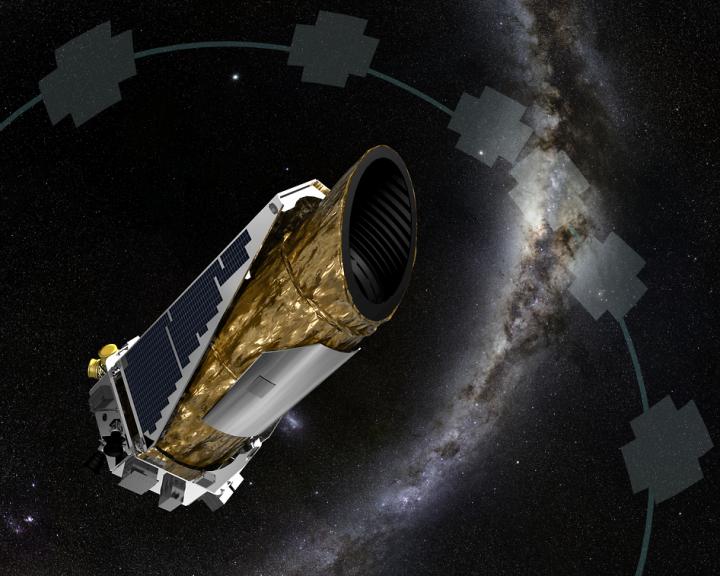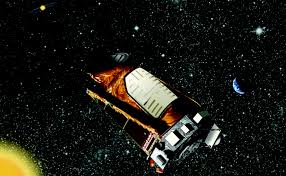NASA’s Kepler Space Telescope discovered a star with three planets, one of which could have what it takes to support life, something that has intrigued the astronomical community.
The planets are only slightly bigger than Earth and one of the planets orbits in what NASA calls a “Goldilocks” zone, which is an area where surface temperatures could be at the right level for water and even life.
The star is a red M-dwarf called EPIC 201367065 about half the size of our sun. It is one of the 10 nearest stars to have transiting planets – at a distance of 150 light years. Because of it’s distance the star is bright enough for researchers to find out whether conditions on the planets are similar to Earth – which would help determine if they can support life.
Ian Crossfield, the University of Arizona astronomer who led the study, said:
“A thin atmosphere made of nitrogen and oxygen has allowed life to thrive on Earth. But nature is full of surprises. Many exoplanets discovered by the Kepler mission are enveloped by thick, hydrogen-rich atmospheres that are probably incompatible with life as we know it,”
The study, submitted to Astrophysical Journal, was carried out by astronomers at the University of Arizona, the University of California, Berkeley, and the University of Hawaii, Manoa.
A breakdown of the three planets
The three planets are 1.5, 1.7, and 2.1 times larger than Earth. One of the planets, the smallest one, orbits far enough from its star to receive light at similar levels to what our planet receives from the Sun, according to UC Berkeley graduate student Erik Petigura.
Petigura came across the planets on Jan 6 when conducting a computer analysis of Kepler data that NASA made available for astronomers to study. He calculated that the three planets receive 10.5, 3.2 and 1.4 times the light intensity of Earth.
“Most planets we have found to date are scorched. This system is the closest star with lukewarm transiting planets,” Petigura said. “There is a very real possibility that the outermost planet is rocky like Earth, which means this planet could have the right temperature to support liquid water oceans.”
University of Hawaii astronomer Andrew Howard, said:
“We’ve learned in the past year that planets the size and temperature of Earth are common in our Milky Way galaxy. We also discovered some Earth-size planets that appear to be made of the same materials as our Earth, mostly rock and iron.”

Photo Credit: NASA Ames/JPL-Caltech/T Pyle
An unexpected discovery
The discovery is a huge achievement, and also an unexpected one, as the Kepler telescope lost two reaction wheels that kept it facing at a fixed spot in space.
“This discovery proves that K2, despite being somewhat compromised, can still find exciting and scientifically compelling planets,” Petigura said. “This ingenious new use of Kepler is a testament to the ingenuity of the scientists and engineers at NASA. This discovery shows that Kepler can still do great science.”
According to the abstract of the study, this discovery demonstrates the power of K2 and future space-based transit searches to find many fascinating objects of interest.
Reference:
“A Nearby M Star With Three Transiting Super-Earths Discovered By K2” – Ian J. M. Crossfield, Erik Petigura, Joshua Schlieder, et al.

